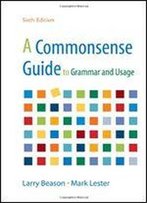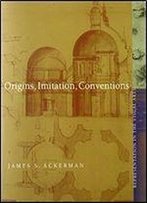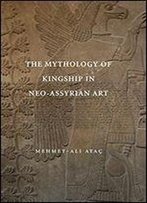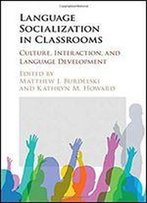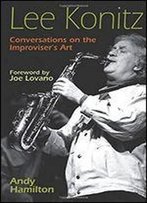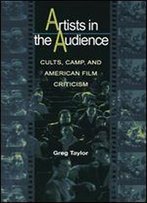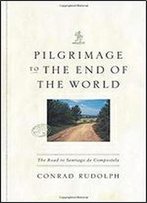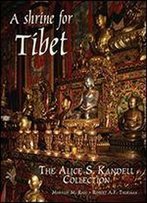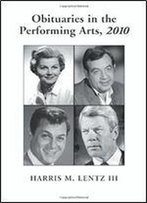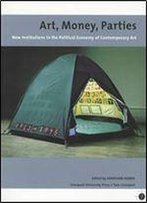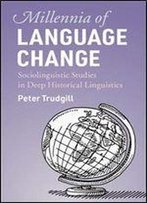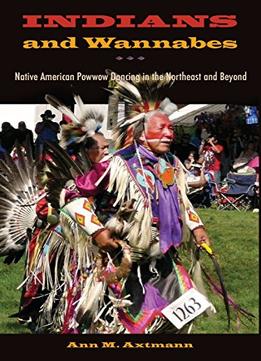
Indians And Wannabes: Native American Powwow Dancing In The Northeast And Beyond
by Ann M. Axtmann /
2013 / English / PDF
3.4 MB Download
“An excellent introduction to the many complexities and facets of powwows. It entices the reader to recognize the importance of bodies in motion—in particular, dance—in forging social worlds and mediating power relations.”—Zoila Mendoza, author of Creating Our Own: Folklore, Performance, and Identity in Cuzco, Peru “An outstanding interpretation of Native American powwow dancing that reveals its significance in the context of colonial and postcolonial history and across cultures and borders. As dancer and dance scholar, Axtmann brings a keen eye and her own kinesthetic knowledge of dance to her groundbreaking interpretation of the movement styles of powwow dances. ”—Elizabeth Fine, author of Soulstepping: African American Step Shows “In her meticulously researched book, Ann Axtmann has added a new dimension to our understanding of Native performance. This rich ethnographic and cultural analysis will be of tremendous interest to scholars, students, and the general public. Axtmann makes a strong and moving case for the power of the dancing body.”—Julie Malnig, editor of Ballroom, Boogie, Shimmy Sham, Shake: A Social and Popular Dance Reader Thousands of intertribal powwows occur every year throughout the United States and Canada. Sometimes lasting up to a week, these sacred and traditional events are central to Native American spirituality. Attendees dance, drum, sing, eat, reestablish family ties, and make new friends. In this compelling interdisciplinary work, Ann Axtmann examines powwows as practiced primarily along the northeast Atlantic coastline from New Jersey into New England. Focusing on the centrality of bodies in motion, she introduces us to the complexities of powwow history, describes how space and time are performed along the powwow trail, identifies the specific dance styles employed, and considers the issue of race in relation to Native American dancers and the phenomenon of “playing Indian” by non-Natives. Ultimately, Axtmann seeks to understand how powwow dancers express and embody power and what these dances signify for the communities in which they are performed. Note: MY nickname -
